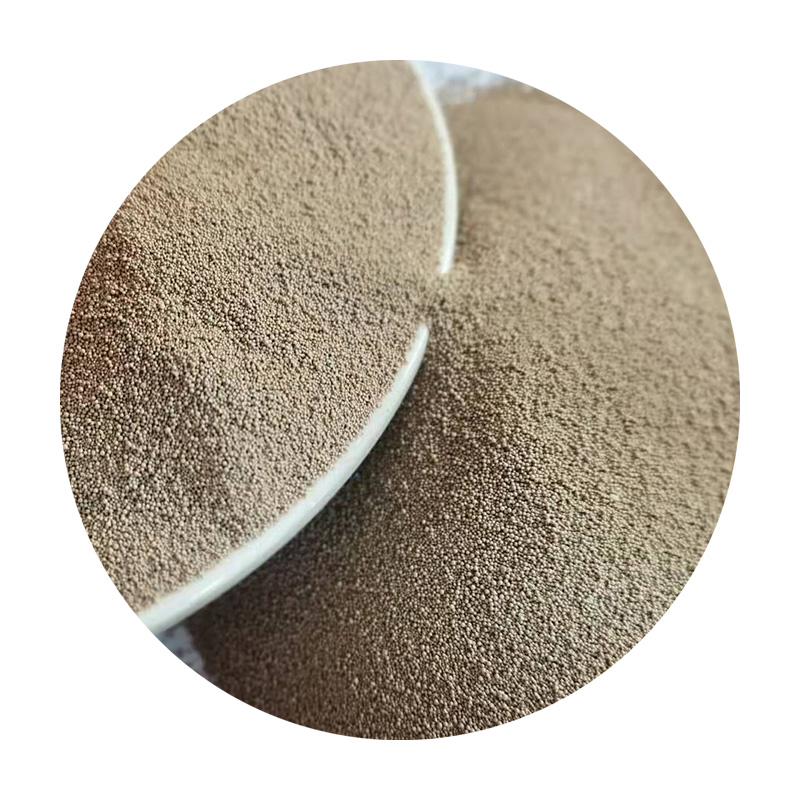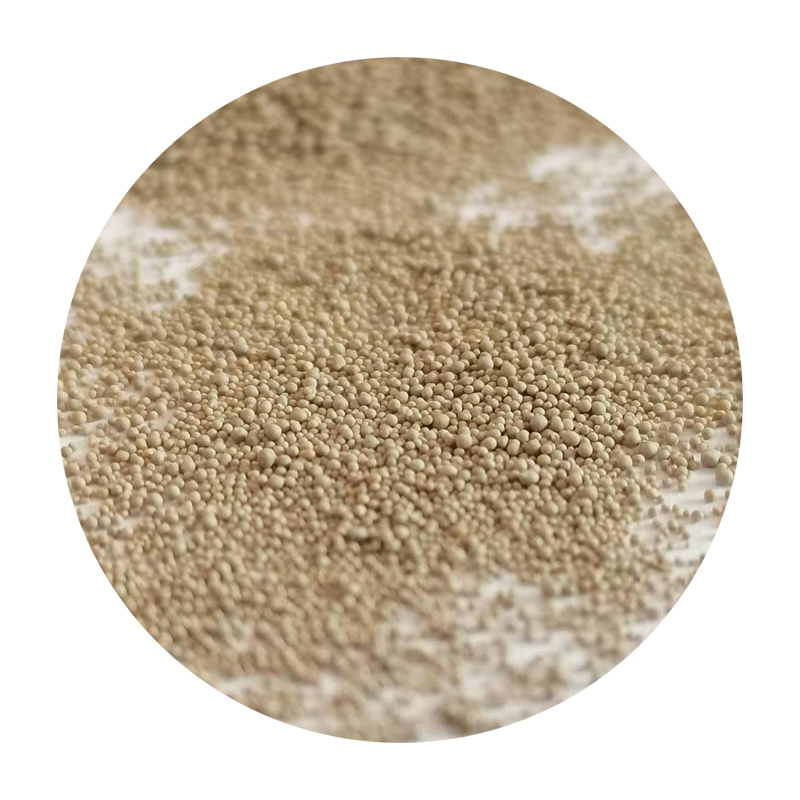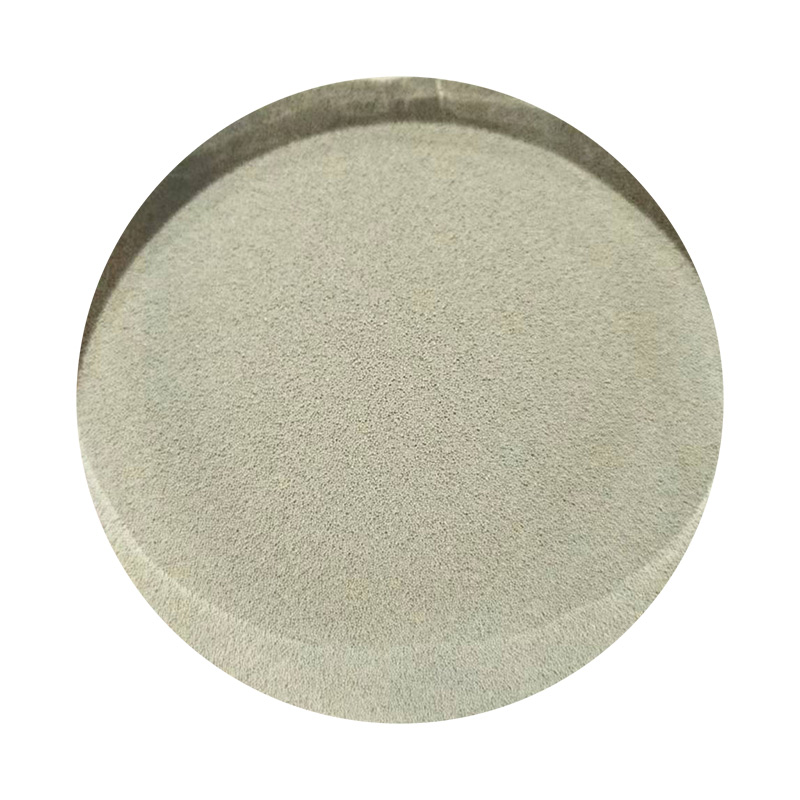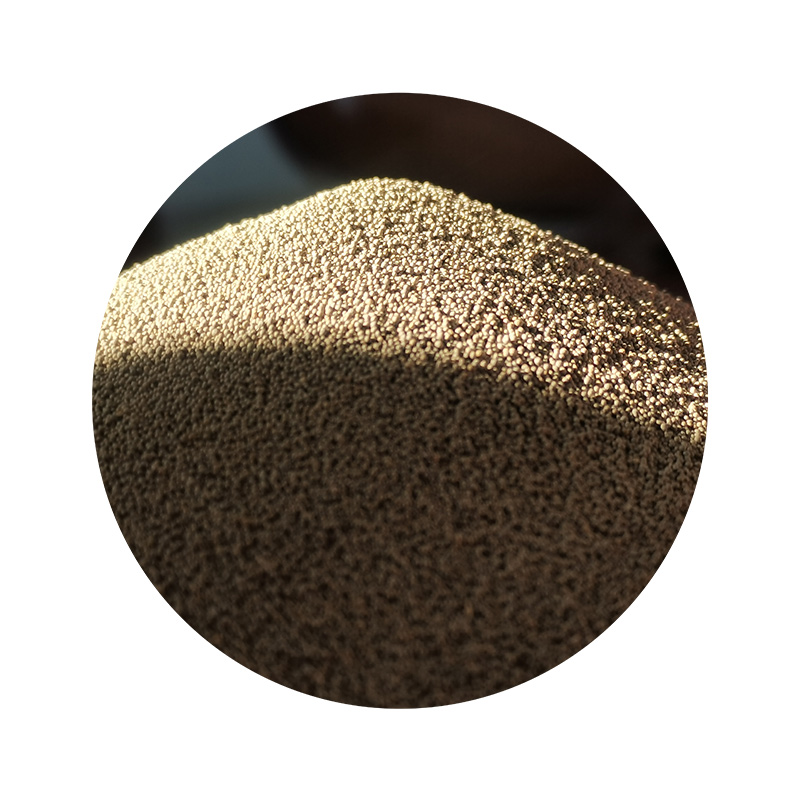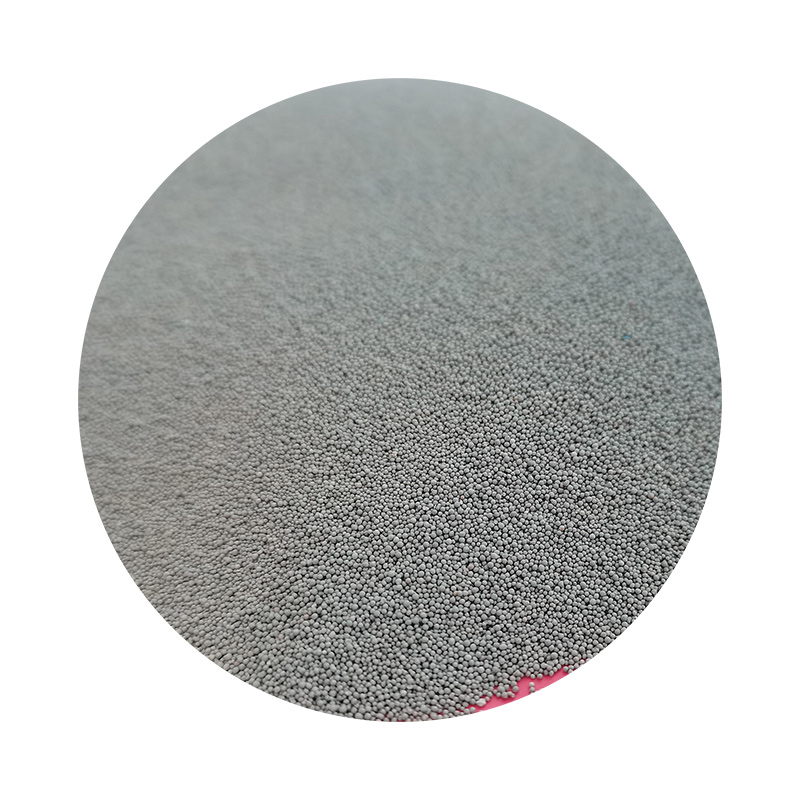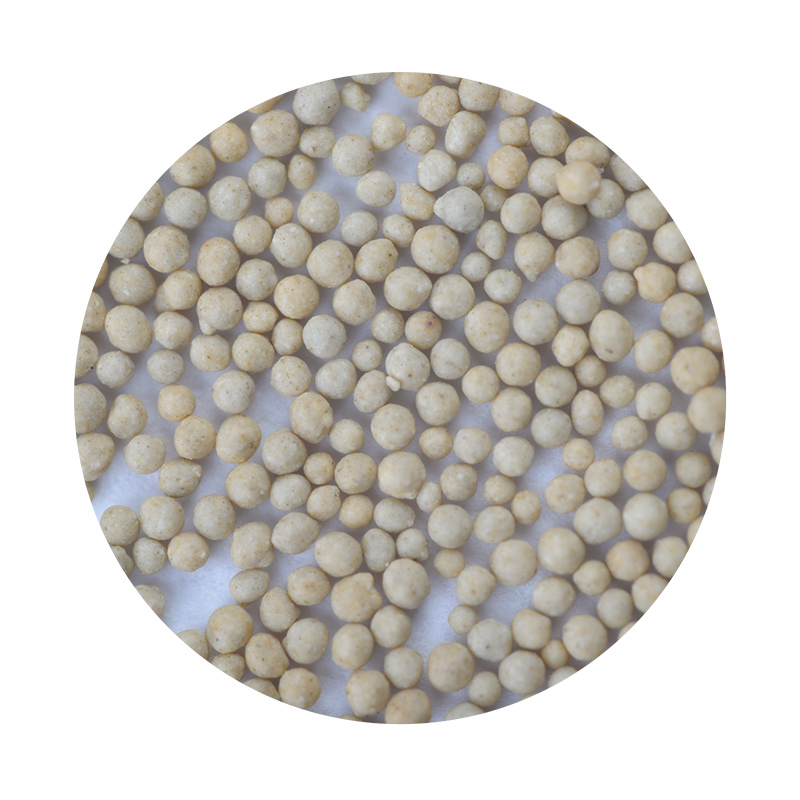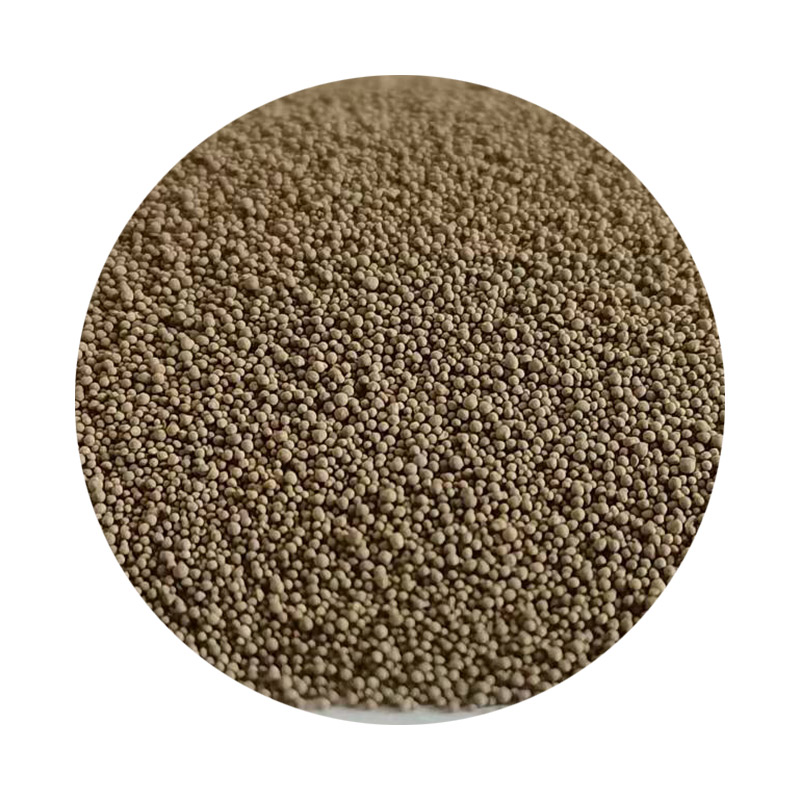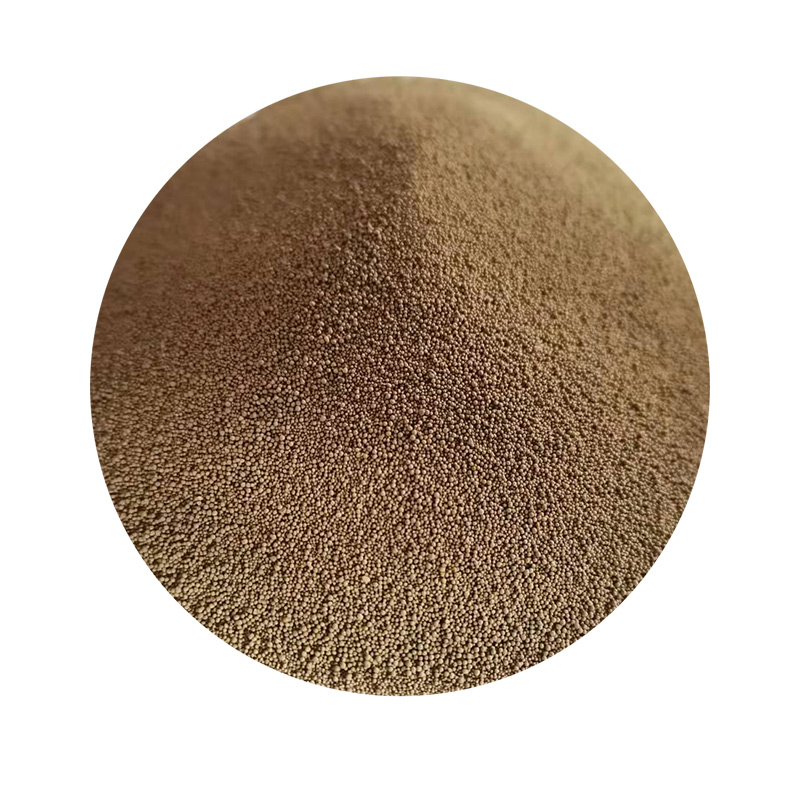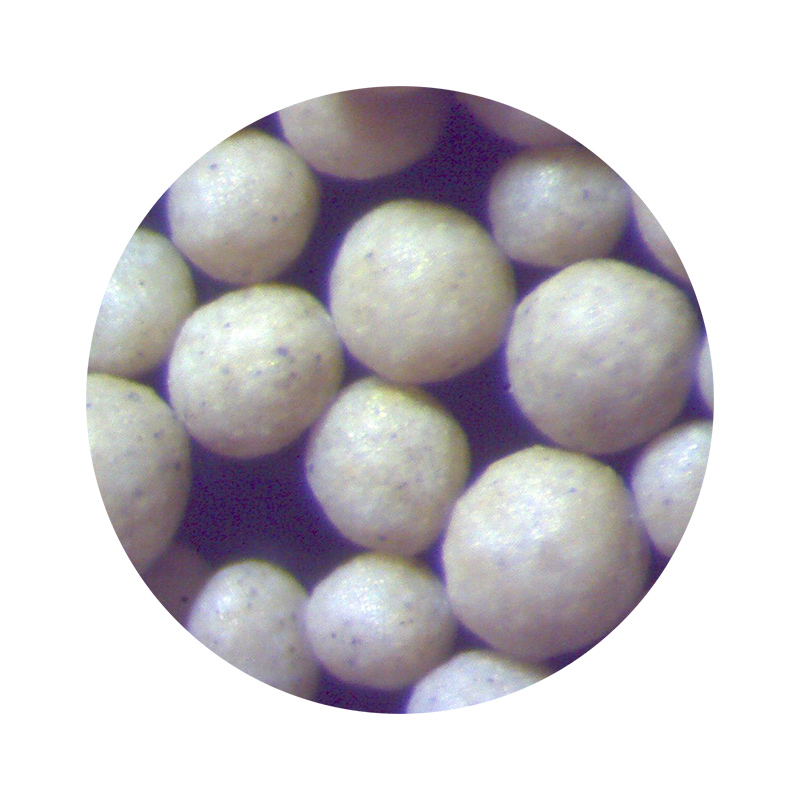
- Afrika
- basa Albania
- Amharik
- Arab
- Arménia
- Basa Azerbaijan
- Basque
- Bélarus
- Benggala
- Bosnia
- basa Bulgaria
- Katalan
- Cebuano
- Cina
- Cina (Taiwan)
- Korsika
- Kroasia
- Ceko
- Denmark
- Walanda
- Inggris
- Ésperanto
- Éstonia
- Finlandia
- Perancis
- Frisian
- Galician
- Georgian
- Jerman
- Yunani
- Gujarati
- Kréol Haiti
- hausa
- Hawai
- Ibrani
- Heueuh
- Miao
- Hungaria
- Islandia
- igbo
- basa Indonésia
- Basa Irlandia
- Italia
- Basa Jepang
- basa Jawa
- Kannada
- kazakh
- Khmer
- Rwandan
- Koréa
- Kurdi
- Kirgiz
- TB
- Latin
- Lativia
- Lituania
- Luksemburg
- Makedonia
- Malgashi
- Malayu
- Malayalam
- Malta
- Maori
- Marathi
- Mongol
- Myanmar
- Nepali
- Norwegia
- Norwegia
- Occitan
- Pashto
- Pérsia
- Polandia
- Portugis
- Punjabi
- Romania
- Rusia
- Samoan
- Gaelik Skotlandia
- Sérbia
- Inggris
- Shona
- Sindhi
- Sinhala
- Slowakia
- Slovénia
- Somali
- Spanyol
- Sundanese
- basa Swahili
- Swédia
- Tagalog
- Tajik
- Tamil
- Tatar Sunda
- Telugu
- Thai
- Turki
- Turkmén
- Ukrania
- Basa Urdu
- Uighur
- Uzbek
- Vietnam
- Welsh
- Tulung
- Yiddish
- Yoruba
- Zulu
Keusik keramik Sintered pikeun foundry kalawan kotak inti tiis
The cold box method refers to a resin sand forming process that is catalyzed/hardened by blowing in gas or aerosol, and formed instantaneously at room temperature. The common method is the triethylamine method, which uses phenolic-urethane resin and is hardened by blowing triethylamine gas. The characteristics of this process are: the core sand can be used for a long time, the mold-drawing time is short, the production efficiency is high, and the energy consumption is low.
Diesel engine castings, such as cylinder blocks, cylinder heads, intake and exhaust pipes, etc., some have complex core shapes and small partial cross-sectional areas, which are prone to false shots, fractures, etc., or veins appear in the castings due to the large expansion of silica sand. The probability of defects such as sticky sand and pores is also relatively high.
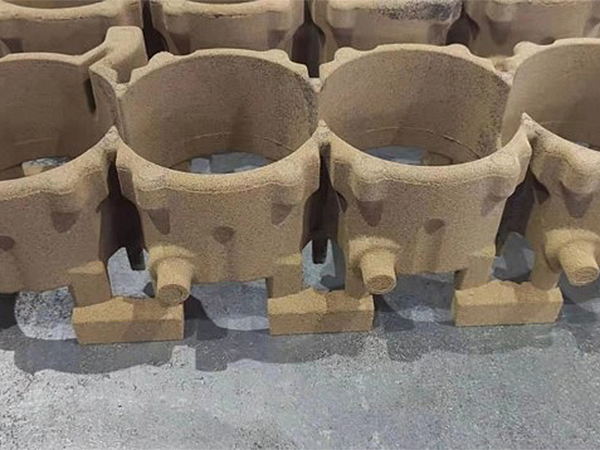
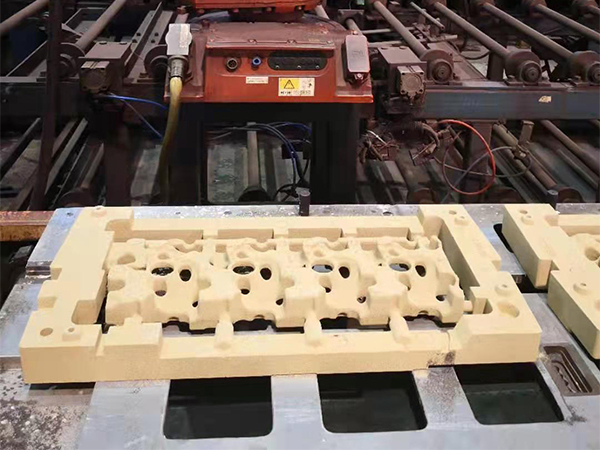
Using ceramic sand or mixing ceramic sand and silica sand in proportion, the amount of resin added is reduced by 20-30%, and the above defects have been significantly improved. At the same time, the sand core has good collapsibility, which reduces the workload of casting cleaning. As a result, more and more diesel engine casting foundries have adopted ceramic sand cold core box technology.
Keramik Pasir Harta
| Komponén Kimia Utama | Al₂O₃≥53%, Fe₂O₃<4%, TiO₂<3%, SiO₂≤37% |
| Wangun sisikian | Bulat |
| Koéfisién sudut | ≤1.1 |
| Ukuran Partikel | 45μm -2000μm |
| Refractoriness | ≥1800℃ |
| Kapadetan Bulk | 1,5-1,6 g / cm3 |
| Ékspansi termal (RT-1200 ℃) | 4.5-6.5x10-6/k |
| Warna | Keusik |
| PH | 6.6-7.3 |
| Komposisi Mineralogi | Lemes + Corundum |
| Biaya Asam | <1 ml/50g |
| LOI | <0,1% |
Compare with other raw sand test result of Cold box process
| Raw Sand | Resin Add. | 2h Tensile Strength | Gas Evolution |
| Sintered Ceramic Sand | 1.5% | 2.098 MPa | 10.34 ml/g |
| Scrubbed Sand | 1.5% | 1.105MPa | 13.4 ml/g |
| Baked Sand | 1.5% | 1.088 MPa | 12.9 ml/g |
| Sintered Ceramic Sand+ Scrubbed Sand | 1.5% | 1.815 MPa | 12.5 ml/g |
| Sintered Ceramic Sand+ Baked Sand | 1.5% | 1.851 MPa | 12.35 ml/g |
| Chromite Sand+ Scrubbed Sand | 1.5% | 0.801 MPa | 10.85 ml/g |
| Chromite Sand+ Baked Sand | 1.5% | 0.821 MPa | 10.74 ml/g |
Compare with Castings defects rate of Cold box process
| Raw Sand | Veins | Core Broken | Sinter | Choke | Total |
| Sintered Ceramic Sand | 0% | 2% | 0% | 0 | 2% |
| Scrubbed Sand | 28% | 12% | 4% | 3% | 47% |
| Baked Sand | 24% | 10% | 3% | 2% | 39% |
| Sintered Ceramic Sand+ Scrubbed Sand | 12% | 4% | 1% | 2% | 19% |
| Sintered Ceramic Sand+ Baked Sand | 7% | 3% | 2% | 2% | 14% |
| Chromite Sand+ Scrubbed Sand | 13% | 6% | 5% | 4% | 28% |
| Chromite Sand+ Baked Sand | 12% | 4% | 2% | 2% | 20% |
Bagian tina Distribusi ukuran partikel
Sebaran ukuran partikel bisa ngaropéa nurutkeun sarat Anjeun.
|
bolong |
20 | 30 | 40 | 50 | 70 | 100 | 140 | 200 | 270 | Pan | AFS | |
|
μm |
850 | 600 | 425 | 300 | 212 | 150 | 106 | 75 | 53 | Pan | ||
| Kodeu | 40/70 | ≤5 | 20-30 | 40-50 | 15-25 | ≤8 | ≤1 | 43±3 | ||||
| 70/40 | ≤5 | 15-25 | 40-50 | 20-30 | ≤10 | ≤2 | 46±3 | |||||
| 50/100 | ≤5 | 25-35 | 35-50 | 15-25 | ≤6 | ≤1 | 50±3 | |||||
| 100/50 | ≤5 | 15-25 | 35-50 | 25-35 | ≤10 | ≤1 | 55±3 | |||||
| 70/140 | ≤5 | 25-35 | 35-50 | 8-15 | ≤5 | ≤1 | 65±4 | |||||
| 140/70 | ≤5 | 15-35 | 35-50 | 20-25 | ≤8 | ≤2 | 70±5 | |||||
| 100/200 | ≤10 | 20-35 | 35-50 | 15-20 | ≤10 | ≤2 | 110±5 | |||||
Kategori produk
